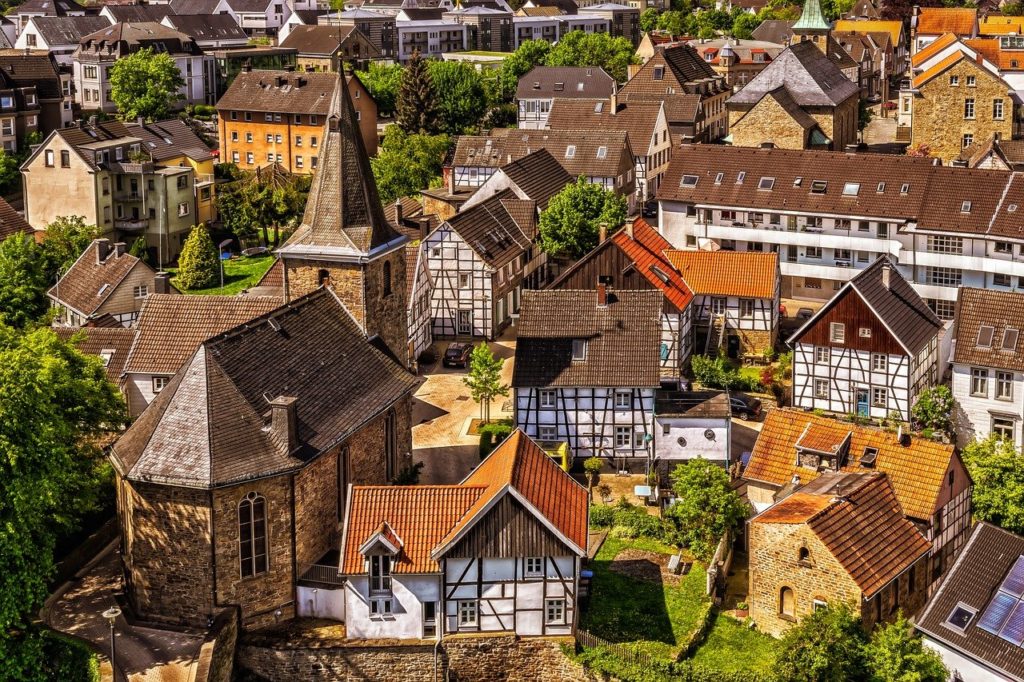Settlement Hierarchy
Learning Objectives
- Understand why Settlements Change in size
- Understand the difference between higher and lower order services
What is a Settlement Hierarchy?

Settlements can be classified based on their size and shape. As a result, a settlement hierarchy can be used. A settlement hierarchy is created by ranking communities in a region or country by population, kind of service, and variety of services.
The size of the colony, as well as the population and range of services available, grows as you progress up the settlement hierarchy. Smaller settlements are more likely to have low-order services like a post office and a newsagent. Larger towns, on the other hand, have more high-demand services like railway stations and shopping centres. As a result, the larger the settlement, the wider the choice of services available and, as a result, the market area or sphere of influence. This is the market in which a settlement business operates (the distance people will travel to use services).
The threshold for high-order services is usually rather high. This means that in order to stay profitable, they’ll need a larger number of individuals to use the service. This indicates that a high-order business, like a shopping centre, requires more customers than a low-order service, like a newsagent. This is why towns have so few department stores!
The size of a sphere of influence is determined by a variety of factors, including:
- The amount and sorts of services it offers the settlement’s accessibility, including transportation options
- The level of competition in the immediate vicinity
- A minimum population is required to sustain services and goods. The following are some examples of threshold populations:
